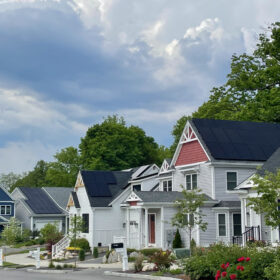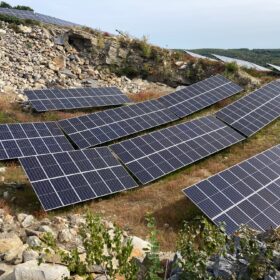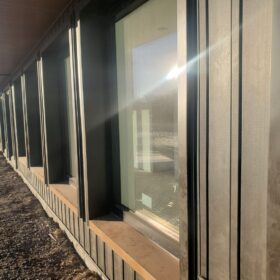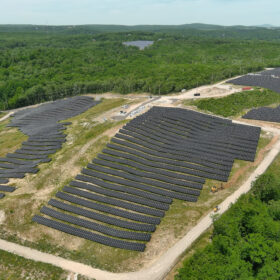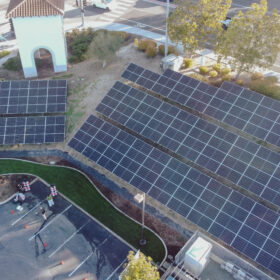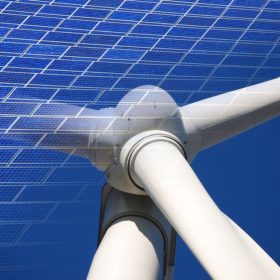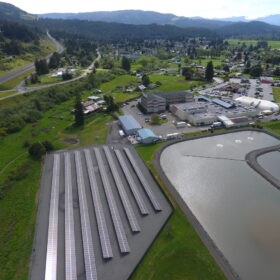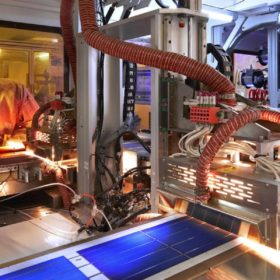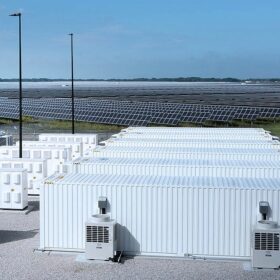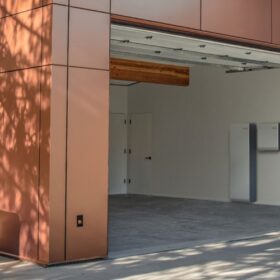The hidden costs of your electric bill
With rising electricity costs, now is the time to go solar. To facilitate this, solar experts share six myths about solar.
A foundation for peak production in utility-scale solar
Mitigating sub-surface risks long before the construction phase is one of the best ways to prevent cost escalation and delays during construction, while also setting solar arrays up for maximum productivity over its lifespan.
Building not your average dream home: Water usage and management
This series describes the process of designing and building a sustainable home, which is passing tests for airtightness and proved to retain heat in winter. This installment focuses on water sustainability design and practices.
How energy storage could solve the growing power crisis in the U.S.
The opportunity is clear: with the right policy reforms, revenue mechanisms and investment frameworks, energy storage can deliver near-term reliability, long-term resilience and economic returns.
How tracker companies are now platform solution providers
Racking and tracker companies are increasingly combining foundation solutions, multiple racking technologies, and a full eBOS offering into one developer-focused, integrated solution.
Guarding the grid: Cybersecurity in solar and renewable energy
Instead of implementing static, one-size-fits-all solutions in an environment where threats are continuously evolving, solar companies must adopt adaptive, real-time security measures that can respond to new threats as they emerge.
How C&I owners are monetizing their solar arrays and transitioning to microgrids
Commercial and industrial solar arrays can become the foundation of a sophisticated, resilient microgrid that delivers financial returns, energy security, and long-term operational simplicity.
California solar and wind curtailments increasing
As excess energy generated by renewables creates price volatility, solutions include increasing demand and either using or storing the excess electricity during times of peak generation.
Put American energy – and jobs – first
If Congress rolls back renewable energy tax credits, they won’t just be shifting dollars on a spreadsheet—they’ll be cutting real, good-paying jobs in communities across the country.
Unlocking a more affordable, reliable future with solar microgrids
Today’s microgrids are often associated with solar panels and battery storage, but they are versatile and can be powered by virtually any energy source.
